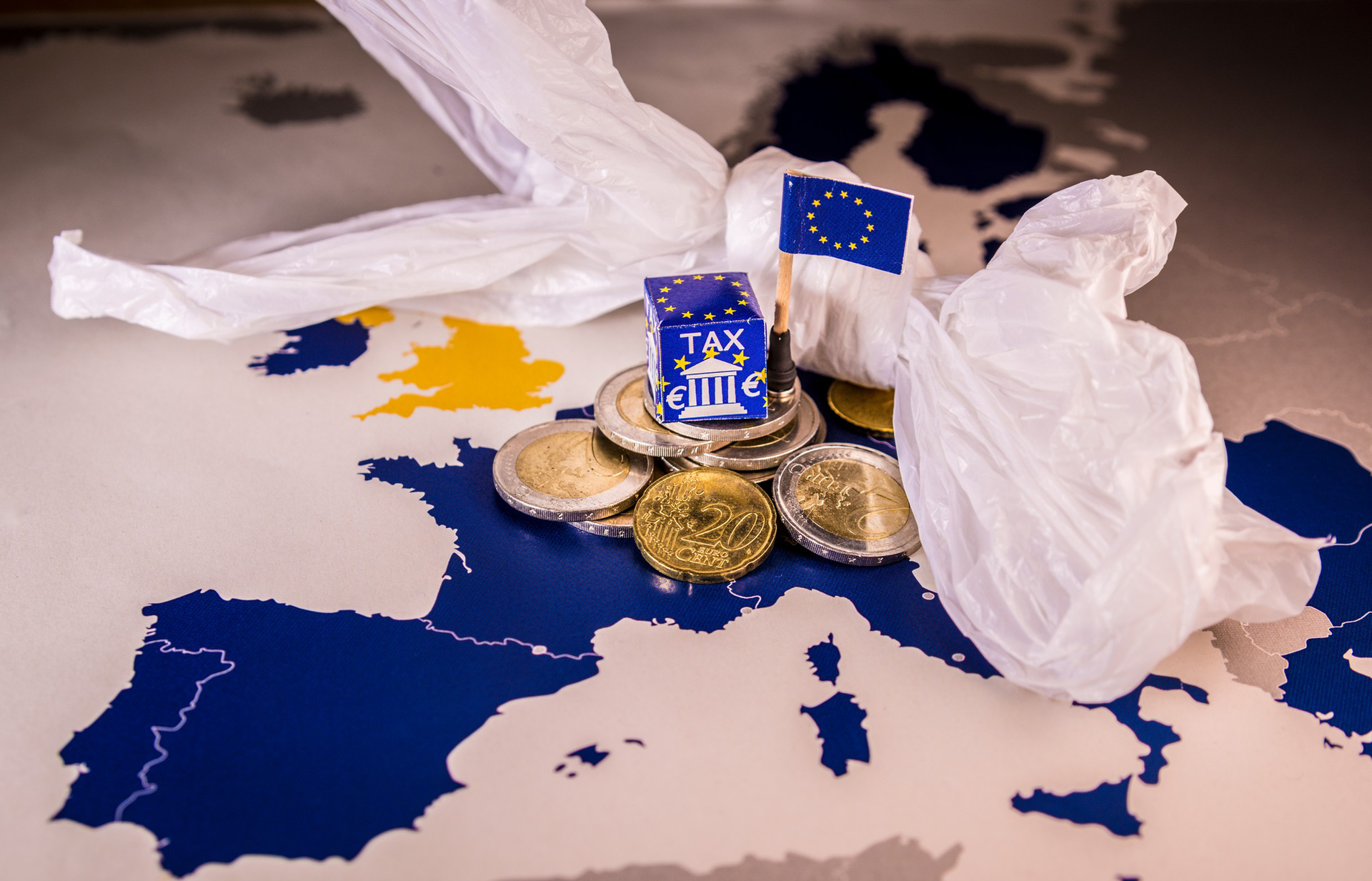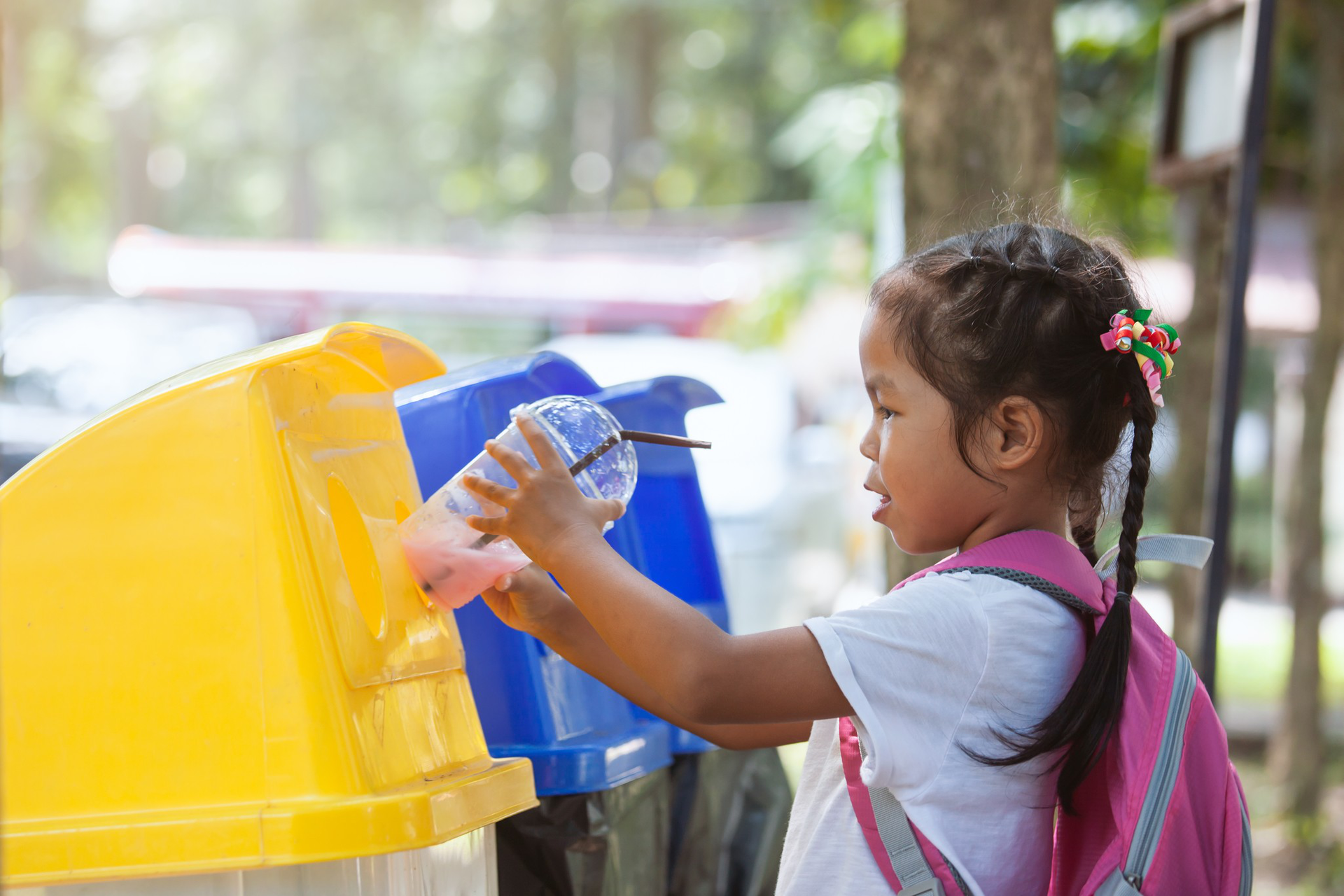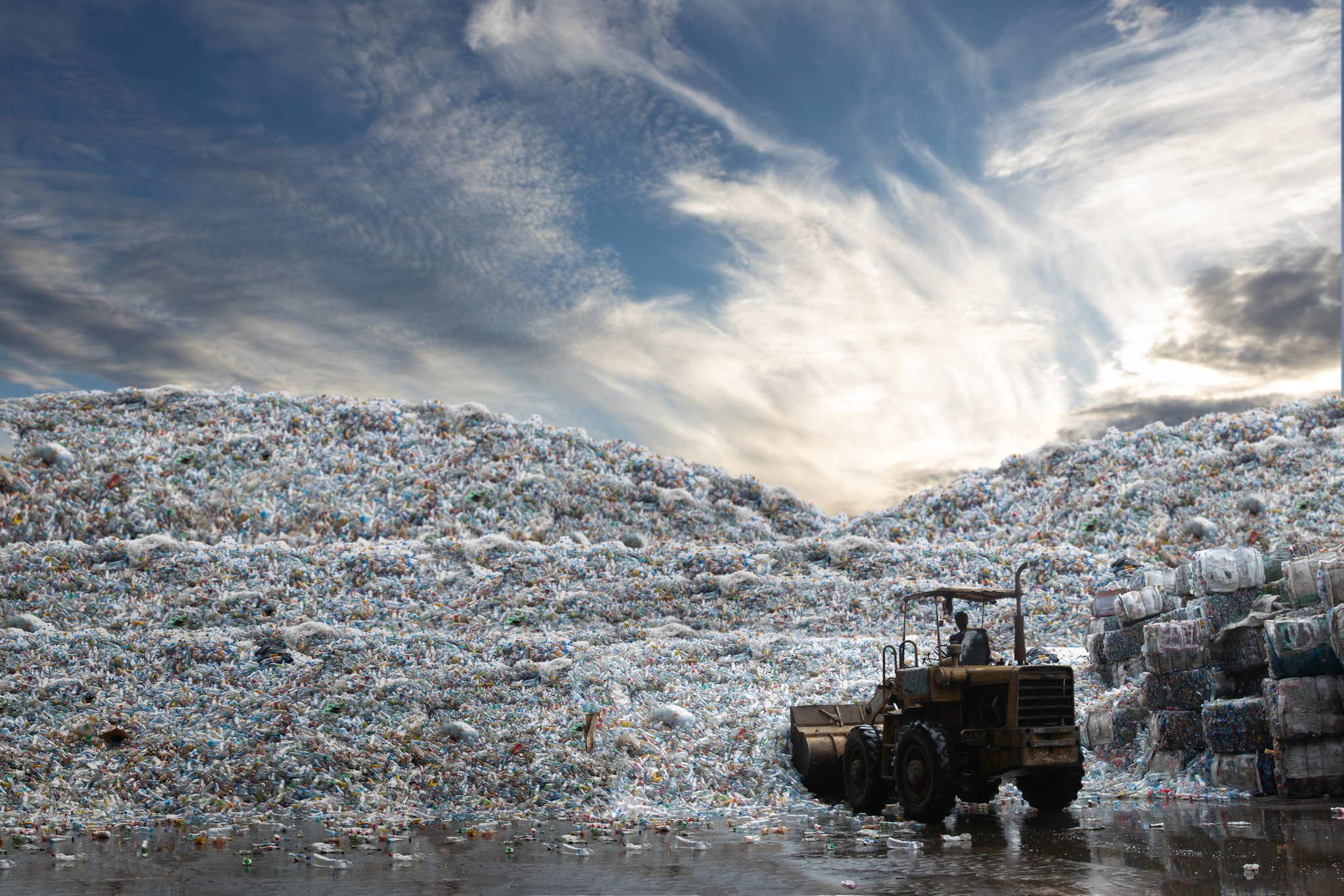The call for a functioning circular economy is growing louder – both in society and in politics. With an action plan for the circular economy and the plastic tax that came into force in January 2021, the EU Commission has taken first important measures to reduce greenhouse gas emissions and close the loop. This brings opportunities, but also hurdles for the recycling industry.
In March 2020, EU Environment Commissioner Virginijus Sinkevičius unveiled a new action plan for the circular economy. As one of the most important building blocks of the European Green Deal, it contains measures that span the entire life cycle of products. In the future, new products are to be explicitly designed in the spirit of a circular economy. The aim is to improve the durability, upgradability, repairability, and reusability of products, as well as to increase the proportion of recyclates in new products. Thus, by 2030, all packaging manufactured in the EU should be 100% reusable or recyclable.
There is also a strong shift towards sustainability currently observable in society. Sixty-eight percent of the German population would, in principle, be willing to pay more if a product demonstrably does not harm the environment, according to the results of a survey of 2,500 consumers in early 2020 by the auditing and consulting firm EY (Ernst & Young).
This growing awareness in both politics and society of the necessity of closing the loop on raw materials is met with approval in the recycling industry. The VDMA Trade Association for Waste and Recycling Technology sees enormous potential, particularly in the reuse of plastics. Already today, state-of-the-art recycling technology can recycle a significant portion of the 14.4 million tons of plastics processed in Germany – a relevant contribution to climate protection, as using one ton of recycled plastic saves between 1.45 and 3.2 tons of CO2 equivalent. The problem, however, is that there is no market for the recyclates.

Recycled vs. Virgin – a Question of Economic Efficiency
Due to the very low demand for crude oil at the end of 2020, the price for new plastics has dropped drastically. The result: Packaging manufacturers are increasingly using virgin plastics and using less recycled material. This effect is further reinforced by the higher prices of recyclates, which often involve elaborate recovery processes. In order to produce recyclate profitably and offer it at competitive prices, recyclers rely on state-of-the-art technology. Moreover, the profitability of recyclate largely depends on the input material. The higher the quality and purity of that material, the more economical the processing becomes. And only when the quality and price of the recyclate are comparable to those of new materials do manufacturers opt for its use.
The Managing Director of the VDMA Association for Waste and Recycling Technology, Dr. Sarah Brückner, is convinced: “A market for secondary raw materials and thus a successful circular economy cannot be permanently established without the proper legal framework.”
EU Plastic Tax – the Solution?
The EU sees a possible solution for saving the recyclate markets in the plastic tax passed in July 2020. This levy of 80 cents per kilogram has been applied since January 1, 2021, to all non-recyclable plastic waste – and is intended to create an incentive for EU states to circulate less “dirty” plastic. This represents a major adjustment, especially for Germany, as the “Plastic Atlas” by the Heinrich-Böll Foundation shows, with Germany being the largest plastic producer and processor in Europe.
Problem with the plastic tax: The levy on plastic waste comes at the expense of the taxpayers, not the packaging industry that puts the plastic into circulation. Viola Wohlgemuth, responsible at Greenpeace for the topics of consumption, textiles, and plastic, views the tax critically. According to a Spiegel article, she is of the opinion that, in order to have a genuine steering effect, the plastic tax should already be applied to product packaging as soon as it enters the market.

The recycled content must be increased. But how?
A secure market availability of recyclates could reduce the need for primary raw materials in the future. However, to achieve this, recyclers, manufacturers, and consumers must work hand in hand.
Optimizing Waste Collection and Recycling
Waste collection systems represent an essential first step in any waste management process and play a central role in its overall performance. In Europe, there is a variety of systems for collecting household waste. Today, the explicit collection of packaging and other household goods, which primarily consist of plastic, aluminum, paper, and glass, offers an attractive solution to maximize the amount of waste recycled. However, for the recycling of packaging waste to actually take place, not only manufacturers but also consumers are needed. The basic prerequisite for waste processing is a clean separation by type. Only if we dispose of our packaging waste properly can it be recycled.
But there is another problem: If packaging consists of several layers of material or a combination of materials that cannot be separated after use, the recycling effort becomes significantly higher. In some cases, they consist of permanently bonded connections of several types of plastic. In this case, they are usually assigned to one material fraction in the sorting facility, which reduces the purity by type.
The increasing demand for recyclates, especially PET recyclates, for plastic packaging also carries the risk that in the future there will not be enough secondary raw materials available in appropriate quality. For a long time, beverage bottles in Germany have already contained nearly 30 percent recycled PET. The IK Industry Association for Plastic Packaging e.V. sees the PET beverage bottle market at risk. “So far, only a few countries in Europe have an as effective deposit system for PET beverage bottles as Germany,” says Dr. Isabell Schmidt, IK Managing Director of Circular Economy.
To ensure an adequate supply of the industry with recycling raw materials, the separate collection and recycling of PET beverage bottles must be massively expanded throughout the EU. Otherwise, a marketing ban on PET beverage bottles may threaten. To prevent this, the IK is committed to establishing a European market monitoring agency that will especially keep an eye on the availability of PET recyclate in food contact quality. If recycling raw materials are no longer available in the required quantities and qualities at acceptable prices, the EU requirements for the use of recyclate should be suspended, according to Dr. Schmidt.
Challenge for Plastic Manufacturers and Processors: High-Quality Recyclate Thanks to Innovative Technologies
The most important prerequisite for being able to produce high-quality secondary raw materials is type-pure material. Purchased recyclate from various manufacturers often contains contaminants. This can have many causes. For example, if the different materials are not properly recognized, separated, and sorted during the plastic recycling process, they end up mixed and in crushed form in the recyclate. If this contaminated recyclate is further processed, product quality suffers and complaints occur. Color deviations due to incorrect colors in the recyclate can be another reason for complaints. The most common contaminant in recyclate is metal particles. If these go undetected, they can lead to machine damage and significantly reduce production efficiency.
The solution is sensor-based material analysis systems and sorting devices that can precisely sort by shape, color, and material type. Metal separators can also reliably identify and remove even the smallest metal particles from the recyclate. This makes it possible to obtain recyclate with purities of up to 99 percent from lower-quality raw materials.
Design for Recycling
Politics is responding to this challenge with ambitious targets in legislation, for example in the Packaging Act. In the future, manufacturers will face a new challenge in product design in terms of holistic and sustainable product development. All products should in the future be designed and manufactured in such a way that the packaging can either be reused and recycled after use or consists of renewable raw materials, as demanded by the EU Commission.
And here the cat bites its tail. Because only recyclable products can be manufactured if there are enough secondary raw materials. And only if sufficient secondary raw materials are available at affordable prices can manufacturers work profitably.
Conclusion
The desire to close the cycle is strong in both society and politics. The EU has set the basic direction and enacted initial laws, but a legally mature concept is still lacking to actually achieve the ambitious climate protection goals and completely close the cycle. But one thing is certain: Until that is the case, everyone must be willing to make their active contribution – from the manufacturers and processors to the consumers and the recycling companies. This willingness, however, will only be present if all parties have a certain degree of planning certainty. For only then will they be able to operate profitably.

